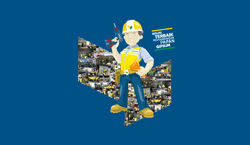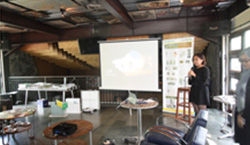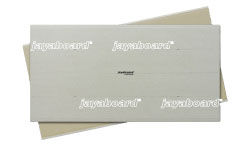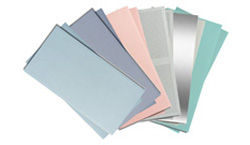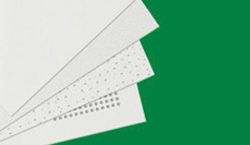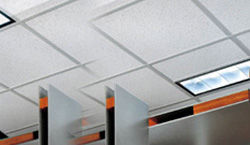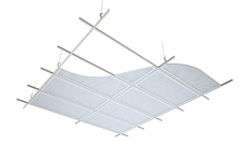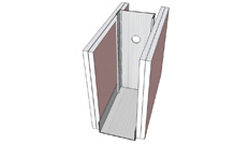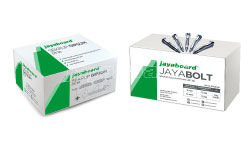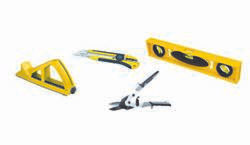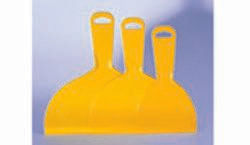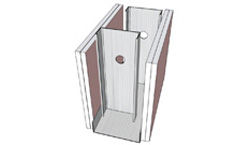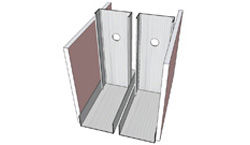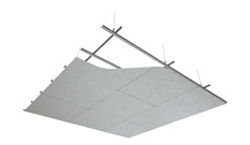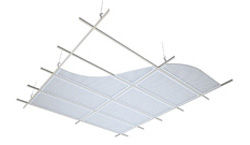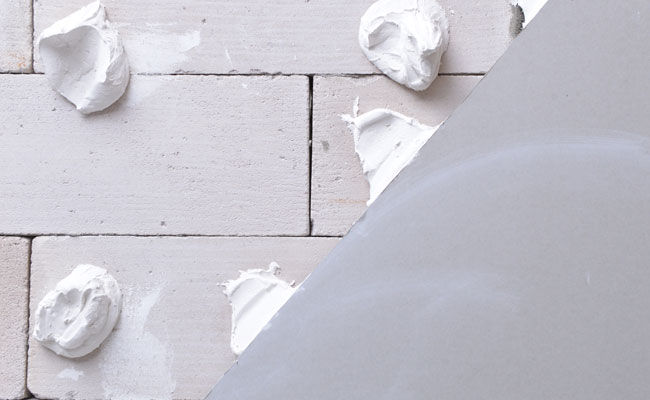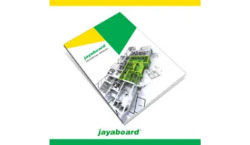-
Language
-
INDONESIA, ENGLISH
INDONESIA, ENGLISH
- Jayaboard, Bahasa
- Jayaboard, English
- Contact
- Where to Buy
- Favourites
-
Looking for product documents? Try our Document Finder
-
About Us
-
About Us
- About Jayaboard
-
About Rumah Jayaboard
-
About Rumah Jayaboard
-
-
Jayaboard Certification
-
Jayaboard Certification
-
-
Contact Us
-
Contact Us | Jayaboard
-
-
-
Products
-
Products
-
Plasterboard Jayaboard
-
Plasterboard Jayaboard
- Standard Board
Standard Board
- Technical Board
Technical Board
-
-
Ceiling Jayapanel
-
Ceiling Jayapanel
- Gyptile
Gyptile
- Mineral Fiber
Mineral Fiber
-
-
Metal Frame JayaBMS
-
Metal Frame JayaBMS
- Concealed Grid
Concealed Grid
- Exposed Grid
Exposed Grid
- Partition Frame
Partition Frame
- Accessories
Accessories
-
-
JayaCompound
-
JayaCompound
- Cornice Compound 5 in 1
Jointing Compound 5 in 1
- UB 20
UB 20
- JayaCasting
JayaCasting
-
-
Tools
-
Tools
- Fixing Tools
Fixing
- Jointing Tools
Finishing
-
-
Adjacent Products
-
Adjacent Products
- Aquapanel
-
Technical Boards
-
-
Solutions
-
Solutions
-
Partition Systems
-
Partition Systems
- Single Stud Partition Systems
Single Stud Partition Systems
- Stagered Steel Stud Partition Systems
Stagered Steel Stud Partition Systems
- Twin Stud Partition Systems
Twin Stud Partition Systems
-
-
Ceiling Systems
-
Ceiling Systems
- Concealed Grid Ceiling Systems
Concealed Grid Ceiling Systems
- Exposed Grid Ceiling Systems
Exposed Grid Ceiling Systems
-
-
EasyFinish™ System | Jayaboard
-
EasyFinish™ System | Jayaboard
- EasyFinish™ Bond System
Jayaboard EasyFinish™ Bond System
- EasyFinish™ Frame System
Jayaboard EasyFinish™ Frame System
-
Technical Boards
-
-
Inspiration
-
Inspiration
-
Jayaboard Project References
-
Jayaboard Project References
-
Learn More
At Jayaboard we are proud of our longstanding relationship with building design professionals. Our clients benefit from diverse product choice, world-class technology, field-tested performance and hands-on technical support.
-
-
-
Documents & Articles
-
Documents & Articles
- Document Finder
- Articles
- Technical Manual
-
Jayaboard Brochure
-
Brosur Jayaboard®
- Brosur Jayaboard® 2025
-
See All
-
- Compliances Documents
-
-
What's New
-
What's New
-
Press Release
-
Press Release
- Supporting Cleaner Air, Jayaboard® Launched Jayaboard® SHEETROCK® PROTECH
- Heading Towards a Healthy Indonesia 2045: Jayaboard Launched First Air-Purifying Standard Gypsum Board
- 29 Years of Consistency In Keeping The Top Position, Jayaboard® Won Two Categories In TOP BRAND AWARD 2022
- Entity Name Change PT. Knauf Plasterboard Indonesia
- "Jayaboard Factory" 18 Year Non-LTI (Lost Time Injury) Award located in Cilegon Banten Province from the Government in 2019
-
See All
-
- News and Events
-
Promotion & Upcoming Events
-
Promotion & Upcoming Events
- jayaPRO (Jayaboard Professional Club)
- Jayaboard Mobile Application
-
See All
-
-
INDONESIA, ENGLISH
INDONESIA, ENGLISH
- Jayaboard, Bahasa
- Jayaboard, English
- Contact
- Where to Buy
- Favourites
-
Order Samples
Order Samples
- Order Sample Summary
- Order Sample History
- My Downloads
-
User Profile
User Profile
- Manage Profile
- Logout
-
Looking for product documents? Try our Document Finder
EHWajXS179ZInH+Bwst7gQhttps://myaccount.jayaboard.com -

Identify the Causes of Wall Cracks and How to Fix Them
- Jayaboard, English
- Documents & Articles
- Articles
- Identify the Causes of Wall Cracks and How to Fix Them
Identify the Causes of Wall Cracks and How to Fix Them
Is the appearance of your dream home disrupted by cracked walls?
Let's find out some possible reasons that may cause wall cracks and learn tips to fix them!
- Earthquakes or Subsidence

Cracks in walls can occur due to natural disasters such as earthquakes or subsidence of the ground. The tremors during an earthquake can potentially damage the foundation or structure of a building, depending on the earthquake's strength. Additionally, cracks can also result from the sinking of the ground. Usually, the wall or structure will shift along with the ground movement, leading to the appearance of cracks. If this happens, don't worry, you can easily repair fine cracks using Jayaboard Cornice (CCL) 5in1 compound. Simply apply the Jayaboard Cornice (CCL) 5in1 compound over the crack, then wait for about 20 minutes until it dries, and the wall is ready for painting. Details on using Jayaboard Cornice (CCL) 5in1 can be found on the following page >> Jayaboard Cornice (CCL) 5in1.
- Low-Quality Materials
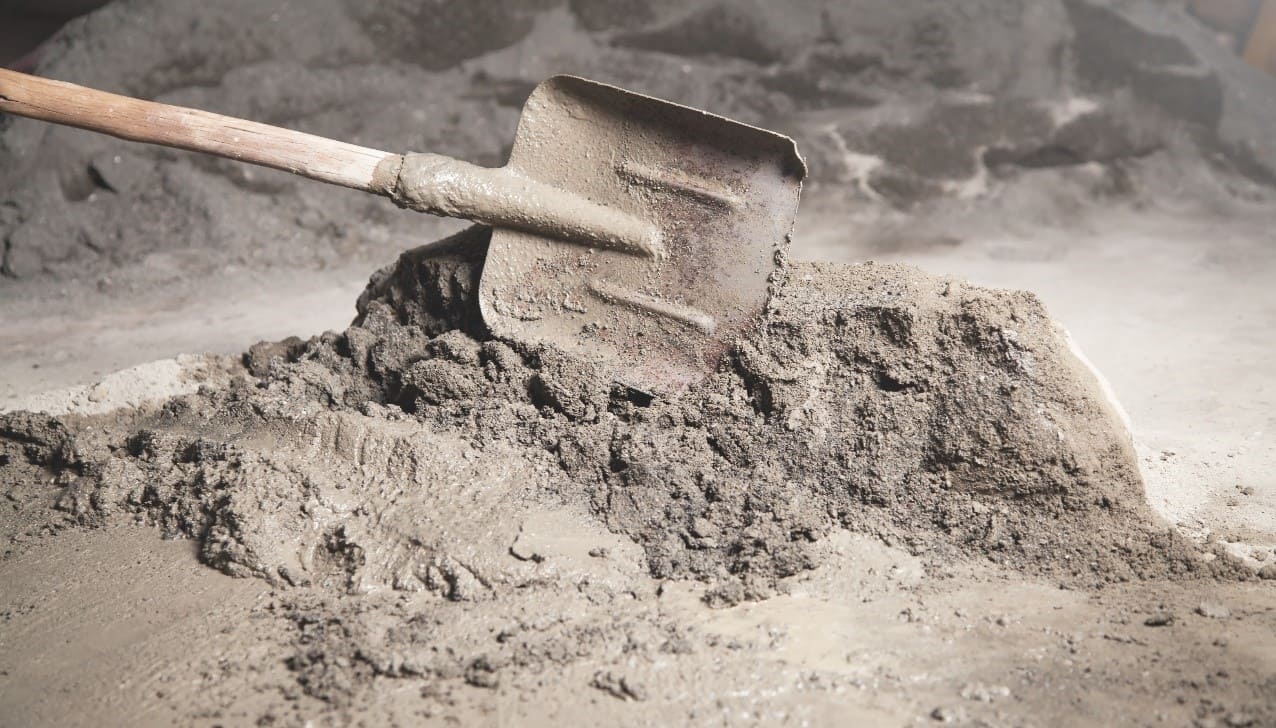
Source: es.vecteezy.com
The quality of sand used as a wall rendering component significantly affects the final appearance of conventional walls, which often use plaster or render finishing. The use of low-quality sand usually contains a high percentage of soil elements, making the mixture less pure. When combined with cement, the mixture becomes uneven and may cause the plaster to adhere poorly or not stick to the wall's surface, resulting in wall cracks and brittleness.
Currently, there is a trending new technique called the EasyFinish™ System, which serves as an alternative solution to achieving a crack-free finish without the need for traditional plaster. This system involves 'sticking' gypsum boards on conventional walls, this system also called “stick-on wall system”, eliminating the need for extended waiting times to achieve a smooth, even, and crack-free wall surface. You can find detailed information on how to apply the EasyFinish™ system on the following page >> EasyFinish™
- Heavy Loads or Impact

For those who likes to hang their decorations on walls such as paintings, photo frames, or other ornaments, it's essential to be cautious to avoid causing cracks on the walls. Heavy loads on a wall can pose a risk of cracks. Similarly, rooms with high levels of activity or frequent impact on the walls may lead to cracks. This is where you should consider using Impactstop™ gypsum boards. Impactstop™ gypsum boards can be used as partitions or interior walls and are suitable for use in corridors, hotels, apartments, and even sports facilities. With a thickness of 19mm, these boards are specially designed to support static loads of up to 20 kg per point. You can freely decorate your walls without worrying about impact damage, even during indoor sports. Details about Impactstop™ gypsum boards can be found on the following page >> ImpactStop™
- Use of Different Materials
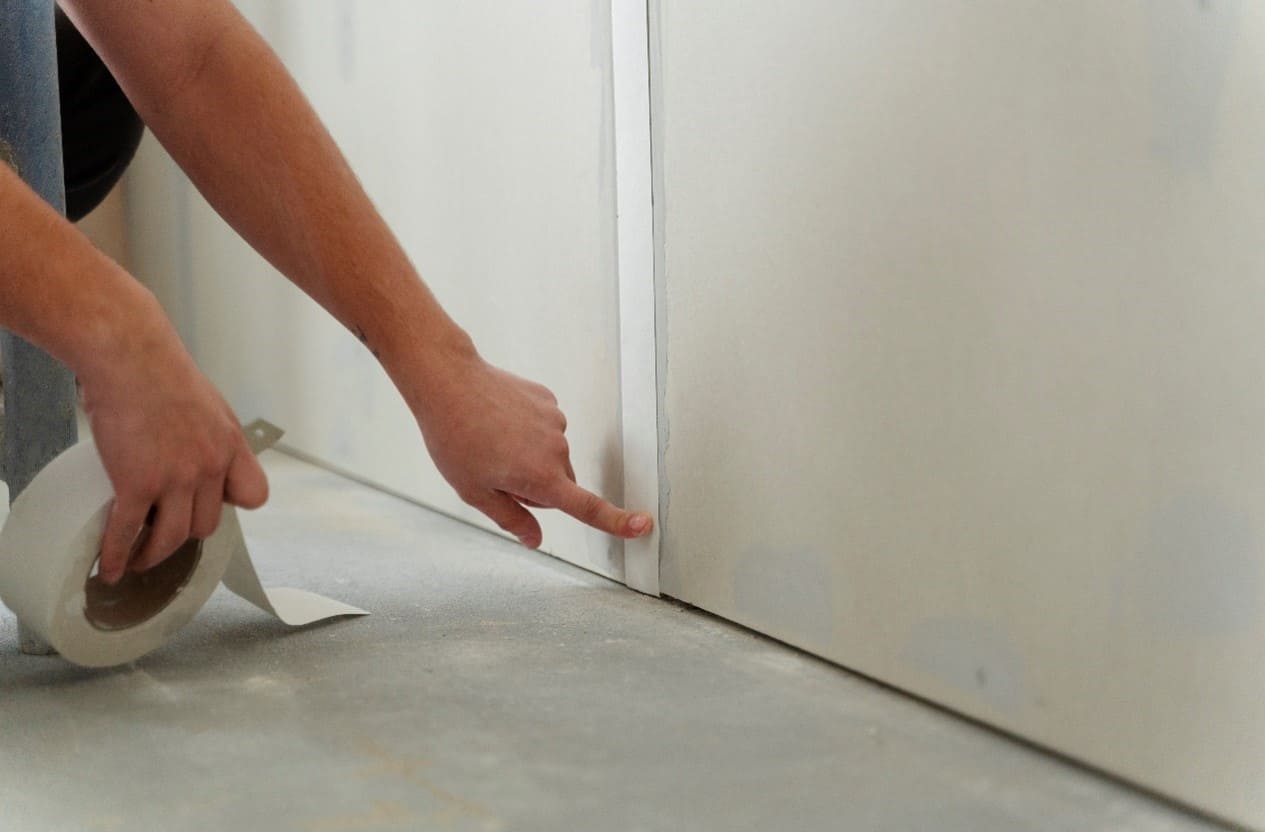
Source: freepik.com
The combination of different materials during the construction process often increases the potential for wall cracks. This issue arises because the different types of materials are difficult to combine and can result in cracks. This problem must be identified and addressed promptly because fine cracks can develop into bigger cracks. Some examples include the junction between bricks and wood, the combination of concrete and bricks, plastering on pipes embedded in walls, and the use of textile tape as gypsum boards jointing. When jointing gypsum boards using compound, the gypsum board joints must be supported using paper tape (UB tape). In many cases, textile tape is still used as jointing, although this is not recommended because textile tape is not strong enough to prevent cracks at the gypsum board joints area. Details about UB Tape products can be found on the following page >> UB Tape.
These are some factors that can cause wall cracks, and we hope that the tips above will be helpful to Jayaboard friends and support aesthetically pleasing homes!
Still have questions? Contact the Jayaboard hotline at 021 797 7777 (Call) / 0811 8120 205 (WhatsApp Chat).
Find more interesting tips and tricks here.

